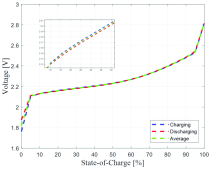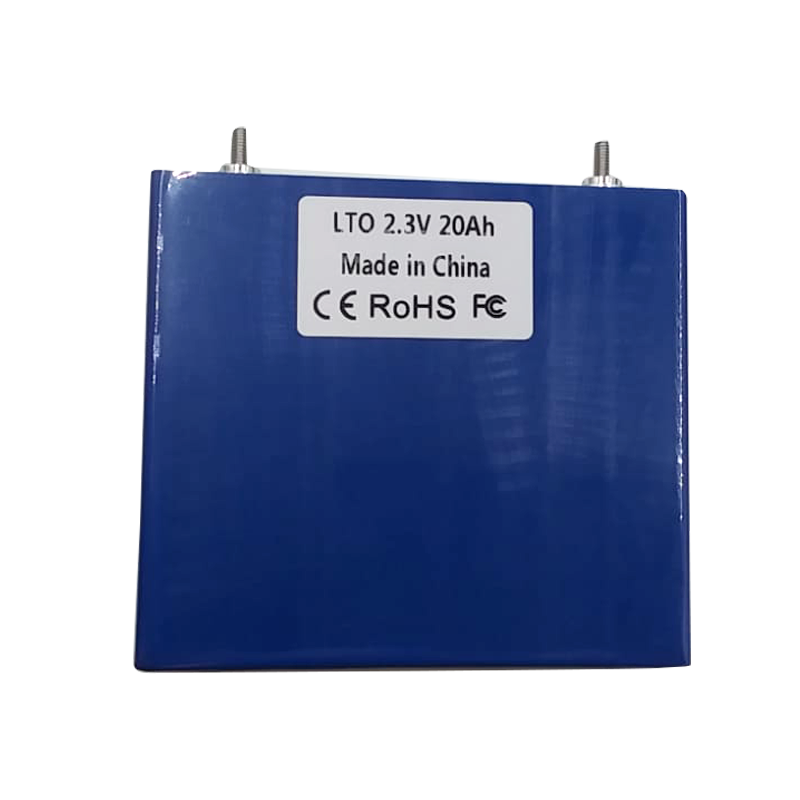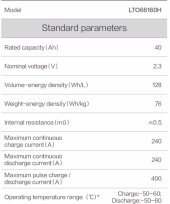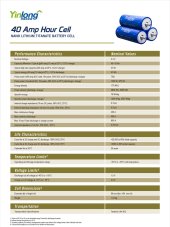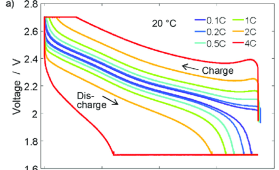Super interesting thread. I'd be really stoked to go LTO for my vehicles, and I've got a truck that needs a replacement right now.
But after looking into LTO voltage curves I'm getting pretty confused. For example on a 6S configuration a typical alternator charge voltage of 14.2V would be 2.37V/cell. According to some sources this would be about 77% SOC:
View attachment 76535
But according to most of the other charts available it would be much lower - on the order of 5- 25%:
View attachment 76552View attachment 76560
I have a really hard time believing people are successfully running these batteries at 25% SOC. Seems like it would lead to a lot of dead batteries if the lights got left on for a few minutes, and that 10C discharge curve has quite the drop from what open circuit would be. So are those charge curves just wrong? Is there that much variation in LTO cells? Because 6S is obviously working fine for at least one person.
Anyway, the next option might be to go to a 5S configuration but that would put the cell voltage at 2.84V when the alternator is banging away at 14.2V, and that assumes perfectly balanced cells. Most spec sheets say 2.8V as the BMS cutoff, but they range between 2.7 and 3.0V.
And I can't find anything to indicate what the consequence of slightly overvolting LTO really is. Is it significant lithium plating every moment the alternator is charging? Is it just a possible 10% loss in the absurd cycle count?
I get that LTO is a less used chemistry than LFP or LA, but it shouldn't be this hard to find info on one of the most basic failure modes for battery care, and there shouldn't be this much variation in the reported SOC voltage.




